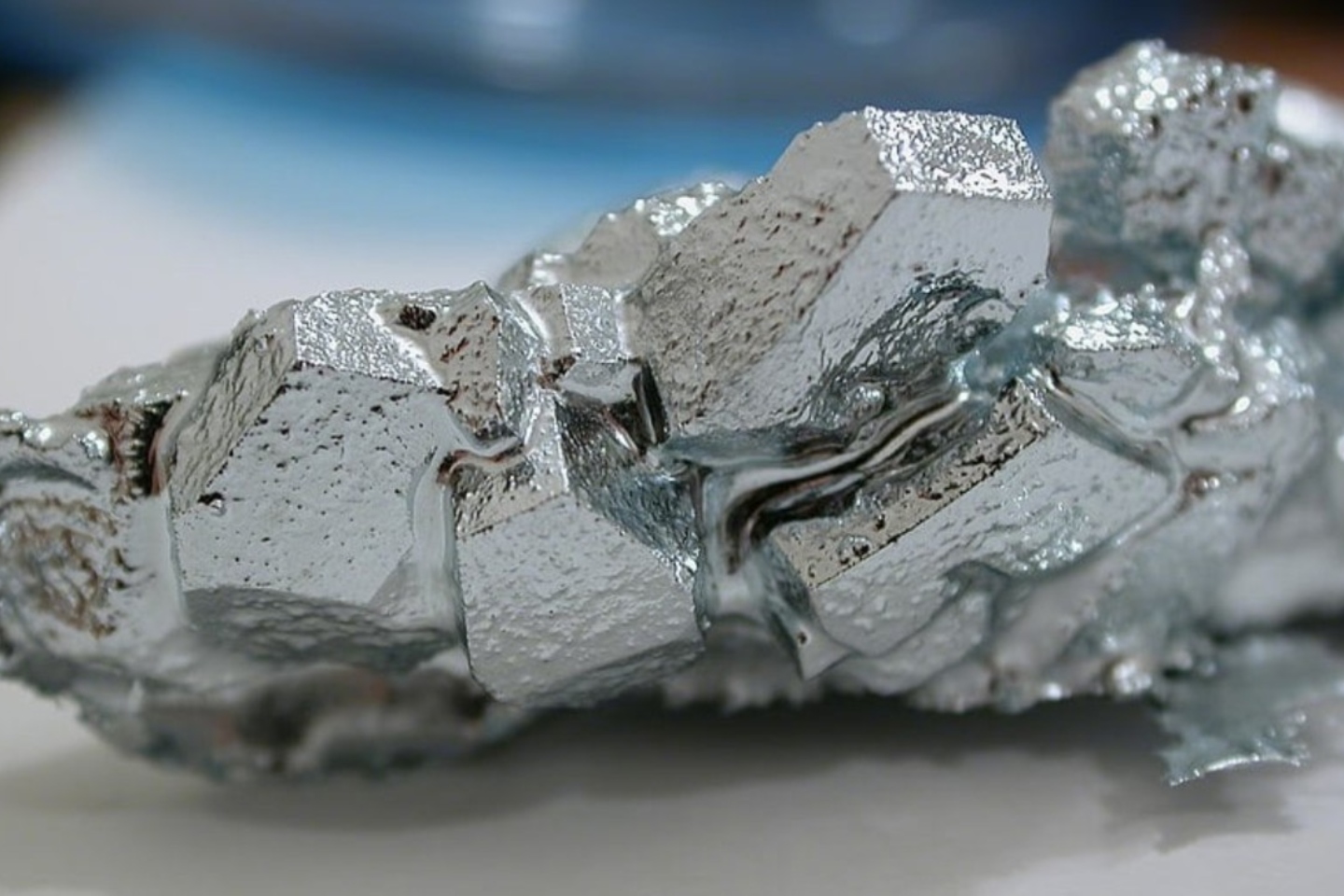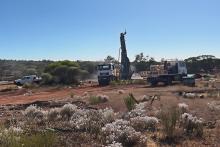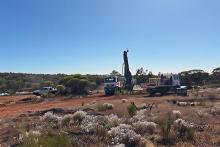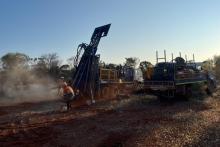Terrain Minerals’ Larin’s Lane gallium-rare earths project is fast advancing, with studies now underway as part of a WA industry and government-funded research project that ultimately aims to develop a reliable supply of REEs in the state. The Larin’s Lane collaboration will also offer insights into the economics of emerging REE extraction techniques and the potential for strategic mineral by-products, which could benefit WA.


Terrain Minerals’ Larin’s Lane gallium-rare earths prospect is fast advancing, with studies now underway as part of a Western Australian industry and government-funded research project that ultimately aims to develop a reliable supply of rare earth elements (REE) in the state.
The research collaboration will also offer insights into the economics of emerging REE extraction techniques and the potential for strategic mineral by-products, which could benefit WA.
The metallurgical studies are part of a Minerals Research Institute of WA research project run by WA geological consultants Resource Sciences Corporation (RSC) and also includes Curtin University.
RSC specialises in critical minerals research and development, particularly in gallium and rare earths.
The studies also come under the umbrella of Curtin University’s Resources Technology and Critical Minerals Trailblazer program.
Larin’s Lane sits within Terrain’s broader Smokebush gold project in WA’s Mid-West region, about 350 kilometres northeast of Perth.
The company has begun to study Smokebush more intensively for its gallium and rare earths potential after receiving encouraging levels of those critical minerals in results from a 101-hole air core drilling program in December 2023.
Elevated concentrations of clay-hosted rare earth elements and gallium mineralisation were identified in the near-surface regolith horizon.
After reviewing gallium’s likely future market significance, Terrain has shifted some of its exploration focus to gallium, anticipating a possible increase in industry demand for the metal, particularly in light of China’s recent clampdown on gallium exports.
The critical metal is used in the defence industry and computer chips, and may eventually replace silicon chips, Terrain says. It is also used in semiconductors and transistors in electronic circuitry.
Terrain’s research project is designed to develop environmentally sustainable methods for extracting rare earth elements and will also assess the potential to establish a reliable long-term REE supply in WA.
The metallurgical test work will focus on the recovery characteristics of gallium and rare earth elements and examine any other critical minerals in Terrain’s samples for their recovery potential.
The extraction techniques being trialled primarily involve non-toxic, organic and near-neutral-pH solvents.
The studies are expected to be completed by the end of this year. Interim results will be reported as they become available.
Terrain late last year put together some significant numbers for an initial indicative exploration target at Larin’s Lane from all the available data, which represents only about 5 per cent of its total 27-square-kilometre prospective area.
The company’s conceptual exploration target ranges from 25 million tonnes to 33Mt at a total rare earths oxide grade of 880 parts per million (ppm) to 980ppm total rare earths oxides and 19ppm to 21ppm gallium metal.
Both the rare earths and gallium mineralisation are hosted at shallow depth within the near-surface weathered horizon and above fresh bedrock.
However, the bedrock may also be an immediate local source of the anomalous geochemistry and although it has not yet been tested, it could be readily evaluated via a shallow, low-cost air core drilling program.
Terrain Minerals executive director Justin Virgin said: “We’re very much focused, after releasing the exploration target for the Larins Lane project in November 2024, which marked a pivotal step in unlocking the project’s vast potential. The phase one findings have shown us just a glimpse of what Larins Lane holds and our planned drilling campaigns aim to substantially increase our understanding of the mineralisation.”
Virgin said with less than 5 per cent of prospective geology covered by the company’s phase one exploration target, management expects its preliminary exploration target will grow substantially during the next two phases of drilling.
Subject to successful outcomes from the latest Larins Lane studies, Terrain will engage a specialist metallurgical consulting group to produce critical metal concentrates suitable for customer trials and broader industry evaluation.
The company sees this move as an essential step in developing a saleable end-product before it commits to further resource drilling.
Terrain is planning to test the extensive 27-square-kilometres sand/clay regolith zone at Larins Lane, which it says remains mostly unexplored, particularly for REEs and gallium.
The company proposes to drill the area to define an indicated mineral resource for the target area before commencing further scoping, feasibility or mining studies.
The phase three drilling program is designed to cover most of the remaining untested proportion of Larins Lane's prospective geology, focused on delineating the higher-grade zones.
The three best holes in previous drilling include grades based on a cut-off of 40.32 grams per tonne (g/t) gallium oxides, including 16 metres at 53.74g/t gallium oxide from 64m and 8m at 52.62g/t gallium oxide from 20m.
In other developments at its wider Smokebush project area, Terrain has launched more drilling at its Lightning and Monza targets in May with a view to delivering an initial estimated mineral resource in early to mid-2026.
About 17 reverse circulation drill holes were put in for 3350m to build on previous results, which include a best run at Lightning of 11m assaying 6.03g/t gold and 43.5 g/t silver from 75m.
Terrain is also undertaking a pro-rata non-renounceable entitlement issue of one new share for every 3.7 shares held by eligible shareholders at the record date at an issue price of $0.003 each to raise up to $1.8 million.,
The issue is sweetened with one free-attaching option for every one new share issued. The options are exercisable at $0.005 and expire on June 17, 2027.
Terrain’s board members intend to take up their rights issue allocations, totalling about $116,000. Two directors have also elected to priority underwrite the rights issue shortfall up to $115,000.
With extra capital in the kitty, the return of all test results from Terrain’s intensive research towards the end of the year - combined with the results of phase three drilling and a revised exploration target at Larins Lane at around the same time - could be the company's next pivot point.
Is your ASX-listed company doing something interesting? Contact:













